Winter Protection for roses in Zone 6b?
prairiemoon2 z6b MA
2 years ago
last modified: 2 years ago
Featured Answer
Sort by:Oldest
Comments (29)
prairiemoon2 z6b MA
2 years agolast modified: 2 years agoRelated Discussions
Principles of rose winter protection in cold zones
Comments (9)Glad this post has been helpful and thanks to folks for filling in points that I'd missed. Michael and Kate are right that burying the graft (the knobby part) of a rose is one of the better winter survival strategies for a rose, since the couple of inches that need to survive are under the ground, and the ground protects that graft. A little leaf coverage around the base, including well-shredded miscellaneous leaves as Seil says, can add all the protection many of us need. Since that leaf coverage also provides spring mulch around the rose, it's a terrific strategy for lazy gardeners like me! Jim, you are indeed cruel, but not necessarily too early in your post. We had 3 feet of snow in western Nebraska last week, and parts of the Dakotas and Colorado are still digging out. Toolbelt - don't waste any time kicking yourself over missed insights in past years of not knowing about GW. Just keep joining in the fun of the discussions, and sharing what you've learned with your friends and neighbors, so they get hooked on the rose bug too! Zaphod, all of these principles apply to band roses as much as any other type of rose, with the added caution that the tender canes are more susceptible to things like moisture and critter gnawing. I plant all my bands in the ground too, though I try not to buy them too late in the summer, and any relatively scrawny plant is going to benefit more from winter protection than a well-established rooted plant. However, even a little canker or squashing from your protection methods can be enough to make it give up, if it doesn't have much of a root system. My method stays the same, to put protection around but not touching the rose, and one-twig wonders, I may make that protection as high as the rose (not usually a problem for scrawny runts) but make sure nothing is touching the base. Beyond that, I keep track of how poor the growth is in its first year, and I might try a more substantial plant (or heaven help me, keeping in a pot over winter like Seil suggests) if it doesn't grow fast enough to survive as a band. Bottom line is give some basic protection a try, but don't kill baby bands with too much material over their little heads. Cynthia...See MoreIs winter rose protection needed in Zone 8a?
Comments (5)Yes and no. It truly depends on the micro-climates and the roses in your garden. I live in the mountains of northern California at the 2000' elevation level. Generally, I don't bother with winter protection, but I do try to make sure that all of the roses go into winter healthy. The exception ... I have one very cold micro-climate in my garden. In the years I did not provide extra mulch, the roses came back, but not as vigorously as they did in the years when I did mulch that bed. If I have a young rose planted just this spring, I'll give it more mulch to help it get through its first winter. I do mulch all of the beds in fall, if possible, but not for winter protection. I use shredded oak leaves and they break down over winter and are feeding the soil in spring and provide a weed barrier. I also mulch in spring, but that's to prepare the beds for my high summer temps. Smiles, Lyn...See Morehelp me choose your favorite rose to plant in zone 6b maryland!
Comments (2)My all time favorite rose is Mrs B R Cant, but I am not sure if it is hardy to zone 6. It grows here in Richmond on a windy hill top with no protection and no die back though. But it is really big. But oh, soooo fragrant. Blush Noisette is fragrant, healthy, hardy to zone 6, a loveley blush pink, and good repeat bloomer....See MoreNew Farm - Suggestions for Winter Sowing in Zone 6b
Comments (3)Hi Hawkeye, you've landed on the forum where we are sowing seeds outdoors exposed to weather in containers, and most of us for our ornamental urban gardens. I don't think applicable to your circumstances. I'd like to suggest though that you look into information from Eliot Coleman, both books and his Four Season Farming. I haven't put his practices to use and can only admit to enjoying his television programming aired years ago. Also - The Four Season Vegetable Gardening Forum here on garden web, and Vegetable Gardening where you'll find a lot of enthusiastic growers who may be of help to you. And good luck with your endeavor!...See Moreprairiemoon2 z6b MA
2 years agolast modified: 2 years agoprairiemoon2 z6b MA
2 years agoprairiemoon2 z6b MA
2 years agolast modified: 2 years agoprairiemoon2 z6b MA
2 years agolast modified: 2 years agoprairiemoon2 z6b MA
2 years agommmm12COzone5
2 years agolast modified: 2 years agoprairiemoon2 z6b MA
2 years agolast modified: 2 years agoprairiemoon2 z6b MA
2 years agolast modified: 2 years agostrawchicago z5
2 years agolast modified: 2 years agoFrozeBudd_z3/4
2 years agostrawchicago z5
2 years agolast modified: 2 years agoprairiemoon2 z6b MA
2 years agostrawchicago z5
2 years agolast modified: 2 years agomad_gallica (z5 Eastern NY)
2 years agostrawchicago z5
2 years agolast modified: 2 years agoFrozeBudd_z3/4
2 years ago
Related Stories
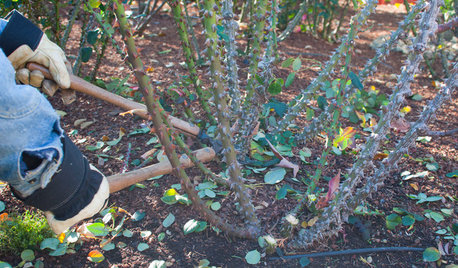
ROSESHow to Care for Your Roses Over Winter
Get advice on protecting against cold in cold-winter regions and pruning and planting in mild-winter regions
Full Story
GARDENING FOR BIRDSFeed the Birds: 6 Plants for Abundant Winter Berries
Be kind to your fair feathered friends during lean food times by planting a shrub or tree loaded with nutritious snacks
Full Story
GARDENING GUIDES6 Wonderfully Easy Roses for Any Gardener
Look like an expert even if you're just starting out, with these low-maintenance gems of the rose world
Full Story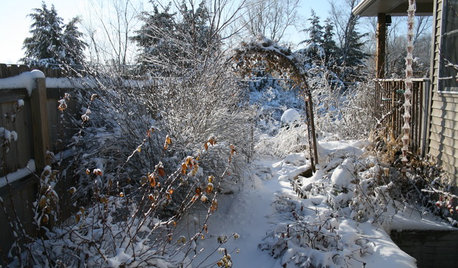
LIFE6 Ways to Beat the Winter Blahs
Snow and dark days dampening your spirits? These ideas will have you looking on the bright side
Full Story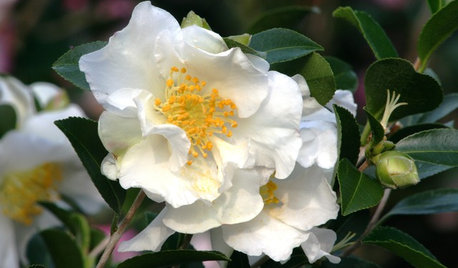
WINTER GARDENING6 Flowers for Gorgeous Winter Garden Color
Blooming beauties can be yours from January through March — just take your pick from these bulbs, shrubs and even a tree
Full Story
GARDENING GUIDES6 Captivating Roses for an Alluringly Fragrant Garden
Perfume your garden with aromas from richly spicy to lightly sweet, without sacrificing an inch of color
Full Story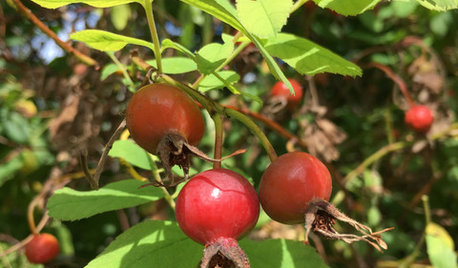
ROSESSmooth Rose’s Arching, Not-So-Thorny Canes Provide Beauty All Year
Plant Rosa blanda, native from the Great Lakes eastward, for its long bloom season, pollinator food and attractive red hips in autumn
Full Story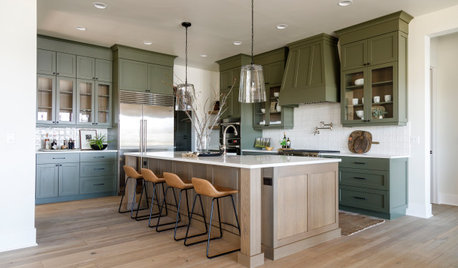
KITCHEN LAYOUTSMove Over, 3-Zone Kitchen. Meet the 5-Zone Kitchen
With open-plan kitchens so popular, has the classic kitchen triangle had its day?
Full Story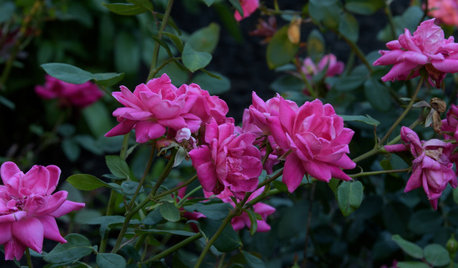
WINTER GARDENINGHow to Plant Bare-Root Roses
Late winter or early spring is a great time to put new roses into the ground
Full Story
WINTER GARDENINGPruning Secrets for Exquisite Roses
Encourage gorgeous blooms year after year with this time-tested advice on how to prune your rosebush in winter for health and shape
Full Story


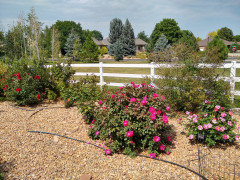

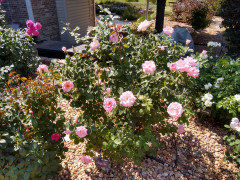
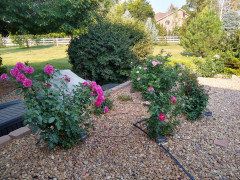

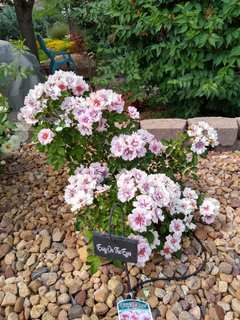
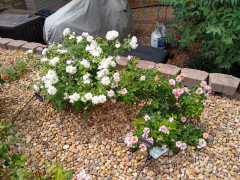
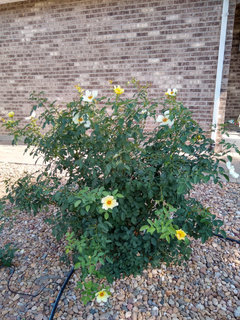

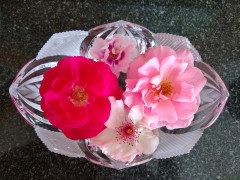
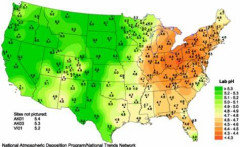
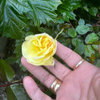
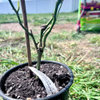

rifis (zone 6b-7a NJ)